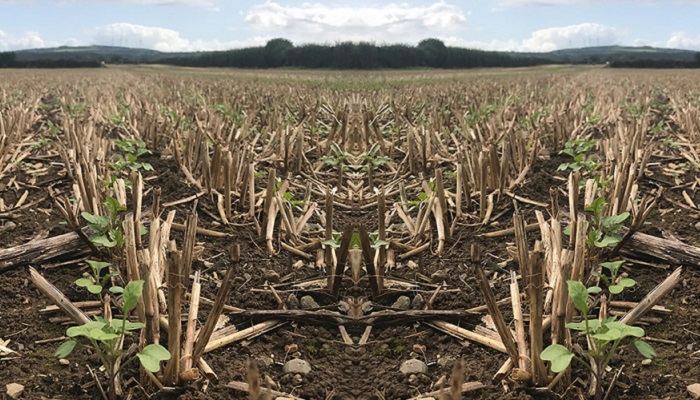25 August 2023
Slight easing of catch crop lie-back rule

The Department of Agriculture, Food and the Marine has confirmed changes to GAEC 6 of Conditionality in relation to the catch crop lie-back rule.
Initially under GAEC 6, tillage farmers who intended to graze catch crops this winter were required to have a lie back area equal in size to the area of catch crops grown. For example, if 5ha of catch crops were grown to be grazed by livestock, 5ha of an adjoining lie back in grassland was required to permit grazing.
However, the Department has since moved to adjust this requirement, moving from a 50:50 catch crop:lie back split to a 70:30 catch crop:lie back split. This means that if a farmer grows 7ha of catch crops for grazing, a grassland lie back of 3ha is required. While this will help some farmers, it will be of no benefit for farmers who grow 100% tillage.
GAEC 6 of Conditionality has also introduced other rules regarding the grazing of catch crops, which were outlined in the Department of Agriculture, Food and the Marine’s Explanatory Handbook for Conditionality Requirements, these include:
- You must maintain a grass/vegetated buffer strip of at least 3m around the external perimeter of the parcel/area in catch crops (excluding external water boundaries – see next point).
- As per GAEC 4, you must maintain a grass/vegetated buffer strip of at least 4m along water feature boundaries where non grass forage crops are being grazed in-situ.
- Where the catch crop has been utilised, then efforts must be made to exclude livestock from repeated poaching of areas (bare soil). This can include using a backing fence.
- In addition, it is important that, where catch crops are grazed in situ, the necessary steps are taken to minimise any damage which could lead to the erosion of soil. These steps could include:
- Choosing a well-drained, relatively flat field for forage crop establishment;
- Moving stock during periods of wet weather;
- Use back-fencing;
- Provide adequate vegetated margins;
- Fence watercourses, where appropriate, to avoid excessive bankside erosion;
- Loosen the soil as soon as conditions allow, for example by ploughing or subsoiling to help water to penetrate the soil.
Also read: Focus turns to winter oilseed rape
Also read: Stubble cultivation and its role in controlling problem grass weeds
